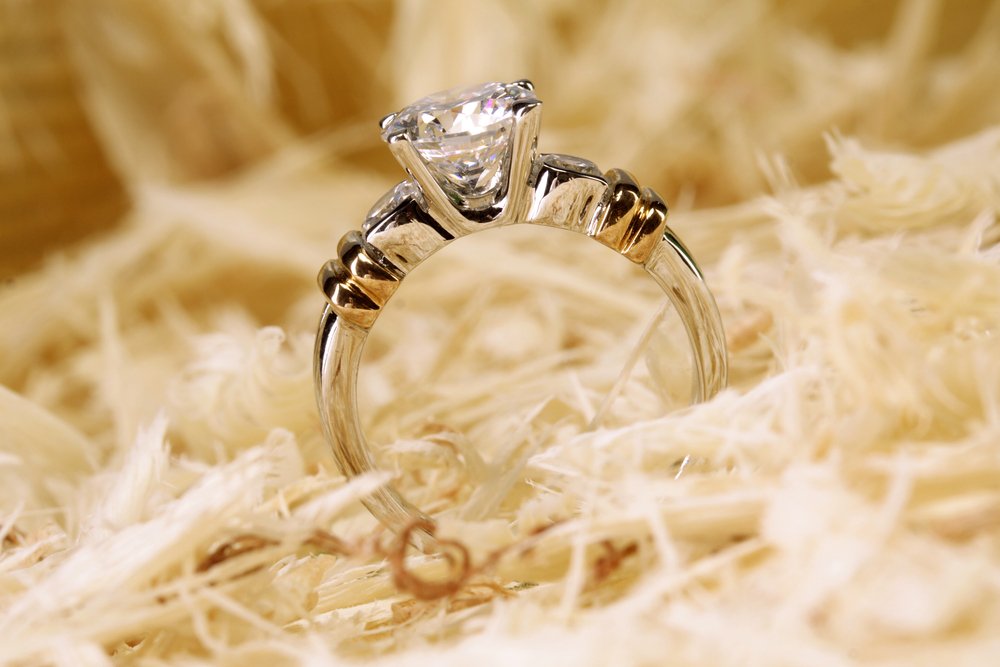

Likewise, an Emerald cut diamond with lower clarity and color is priced lower than a round cut of equivalent grading. Thus, a high-grade diamond is a must, and consequently, that will drive the price up. As previously mentioned, a step-cut diamond makes inclusions easier to see. An Asscher Cut, for example, accounts for only 5% of total diamonds in the market, making it unique.Īlso, getting an excellent step-cut diamond, such as Asscher and Emerald, are hard. Other diamond shapes are getting popular, not only because of the price difference but because of their uniqueness. Inclusions are harder to see – compared to step-cut diamonds (emerald and Asscher cuts), inclusions are harder to see in brilliant-cut / faceted diamonds such as cushion and radiant cut.īecause of these characteristics, the demand for round-cut diamonds is high, driving the prices up.It is brilliant – a brilliant round cut has 57-58 facets and is cut to ensure maximum brilliance and fire (or light reflection and refraction).Round cuts are versatile – they will look good in any ring, on any hand, and can be mounted as a solitaire or with other diamond cuts.There are three main reasons why round cut diamonds are famous: The Round brilliant is the most popular and most common cut, which makes up 50% of the diamonds sold in the market. We have round, princess, oval, marquis, cushion, among others. The diamond shape, on the other hand, is what most people commonly refer to as diamond cuts. This grading is more common, with round brilliant cut diamonds being the most popular diamond cut in the market. Specific cuts and shapes enhance or diminish characteristics, affecting the demand and the price of a diamond.īefore we proceed, let us distinguish first between cut and shape:Īccording to GIA, a diamond cut refers to a diamond’s “proportion, symmetry, and polish” and is usually assigned grades such as Excellent, Very Good, Good, Fair, and Poor.


3-Carat Solitaire Diamond Engagement Ring


 0 kommentar(er)
0 kommentar(er)
